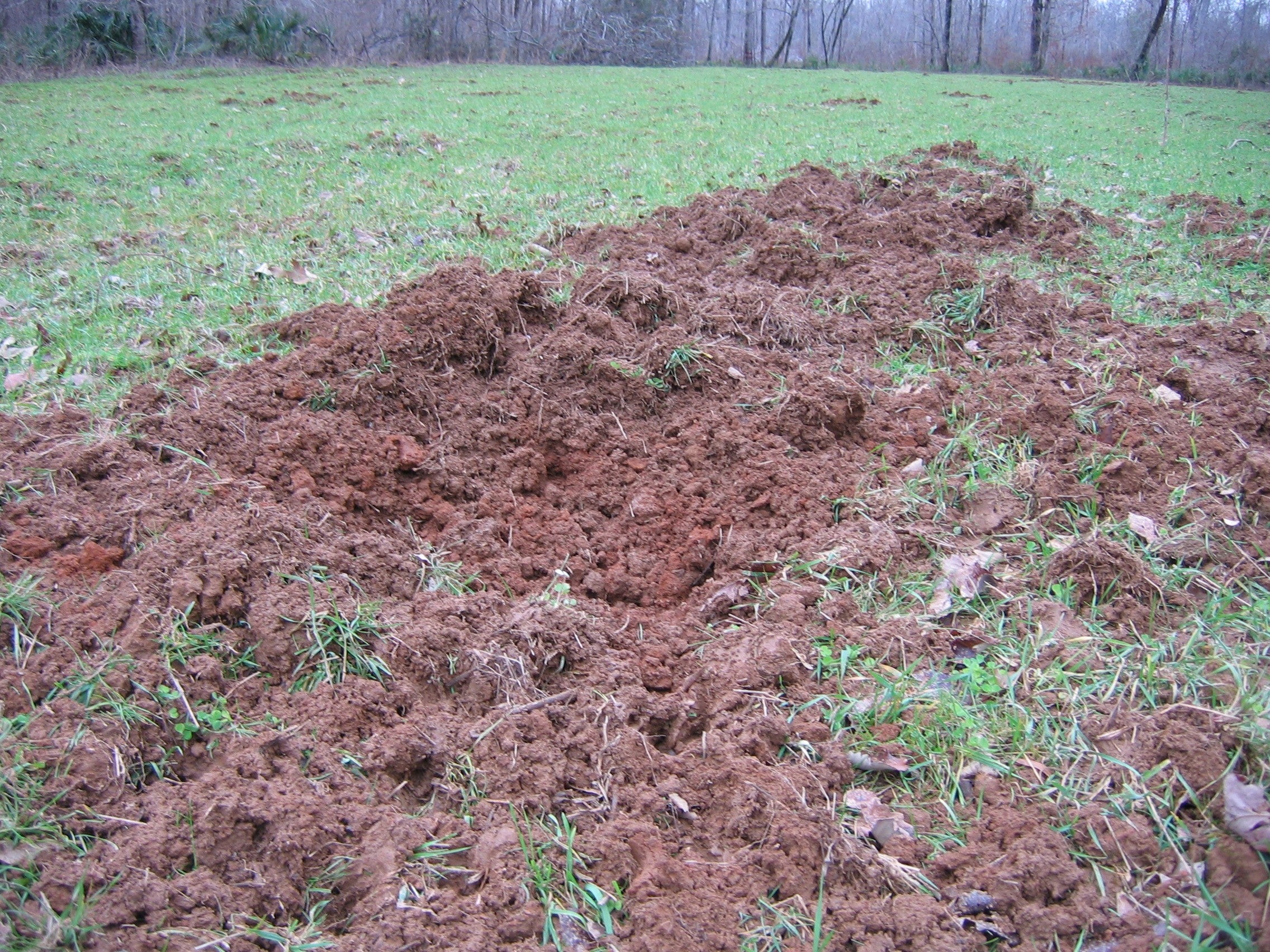By DAVID RAINER, Alabama Department of Conservation and Natural Resources
The Alabama Wildlife and Freshwater Fisheries (WFF) Division has adjusted its regulations to try to empower landowners and lease holders in their battle against the scourge of feral hogs.
One of the reasons the feral hog population is widespread across Alabama is the illegal transportation and release of live feral swine. The law for many years reduced feral hogs to personal possession once the animals were caught, but that regulation was changed last year to take out the personal possession clause and require that all feral hogs must be killed before being transported.
“It’s always been illegal to transport feral hogs,” said WFF Director Chuck Sykes. “However, it was impossible to prove it. The way the regulation read, once they were trapped they were reduced to personal possession. So unless one of our people saw them do it, if they were stopped going down the road, they could say, ‘No, these are my hogs.’ It was extremely difficult for our officers to make a case unless they witnessed somebody catching the hogs. Taking the personal possession language out of it would take that question out of it. Now if our officers find live feral hogs in the back of the truck, they know it’s illegal.”
Farmers are particularly susceptible to feral hog impact from the damage done to row crops, pastures and farm roads. A 2009 study conducted by Auburn University concluded that more than $74 million in damage was caused by feral hogs in Alabama.
While the damage to farm production can be somewhat assessed, feral hogs do untold damage to the habitat for much of Alabama’s wildlife. Like WFF Biologist Chris Jaworowski says, “You may have 30 pigs going through your hardwood bottom like a Hoover vacuum cleaner, sucking up all the acorns that deer, turkey and squirrels depend on. That doesn’t get mentioned enough. And you’ve got these threatened and endangered plant communities, like the pitcher plant bogs that have been destroyed by hogs. Some of those habitats will never come back.”
“It’s bad in certain areas,” he said. “Luckily they’re not found everywhere, but there are pockets where hog problems can be devastating. We want to give people all the tools we can to manage the problem on their property.”








